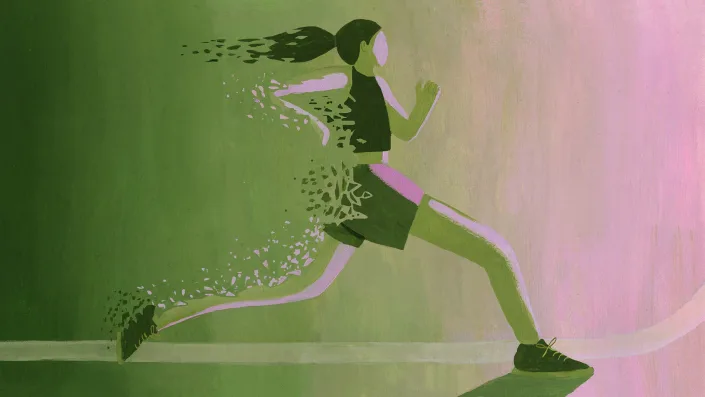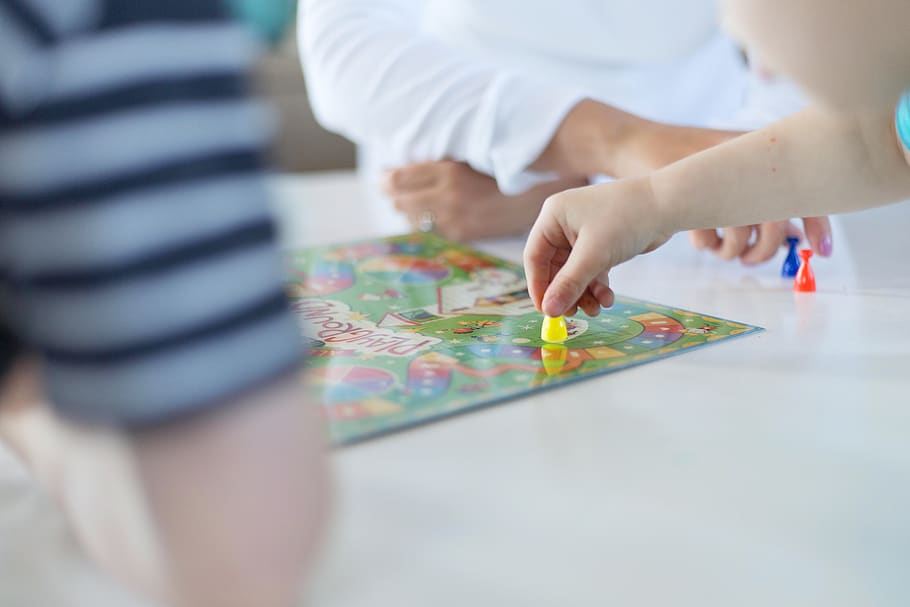
Thirty years ago, Gary Chapman, pastor of the Southern Baptist Convention, published Five Love Languages: How to Express Heartfelt Commitment to Your Partner. It was an immediate and lasting hit: book sales were four times higher than his publisher predicted at the time, and millions of copies have now been sold. In that book – and the many he has written on the same subject since – Chapman assumed that we each have a primary love language, or preference for the way we receive and express love: words of affirmation, gifts, acts of service, quality time , or physical touch. The key to a happy relationship, Chapman says, is figuring out what language your partner speaks and being fluent in it.
The idea has become a pop culture touchstone, inspiring questions on dating apps, a slew of TikTok videos and TV and movie scenes. But few studies have explored the actual role of love languages in relationships. Now, a new study published in the journal PLOS ONE suggests that relationship satisfaction among heterosexual couples is indeed related to whether their partners use their preferred love language.
“This shows the importance of good communication, understanding your partner’s needs and being able to provide what they want to strengthen the relationship,” said study author Gerald Matthews, a professor of psychology at George Mason University. “People don’t always know their partners as well as they think they do. You can’t just assume your partner wants what you want.”
Matthews and his co-authors studied 100 heterosexual couples who had been together for six months to 24 years. The participants, who ranged in age from 17 to 58, completed questionnaires that asked them to assess the extent to which they expressed affection by engaging in certain behaviors. They also noted when they felt most loved: for example, when their partner gave them a hug, or ran errands for them, or spent quality time with them. Participants’ relationship and sexual satisfaction was measured by self-report using a standardized scale.
Results showed that those whose partners used their preferred love language had higher levels of relationship and sexual satisfaction than those whose partners did not. Those who said they used their partner’s preferred receptive love language also reported higher levels of relationship satisfaction. “The more your love language suits your partner’s needs, the higher their satisfaction and your own will be,” says study author Maciej Stolarski, a professor of psychology at the University of Warsaw in Poland. “Not only does your satisfaction increase when your partner responds adequately to your love language preferences, but also when you do the same for them.”
Overall, the love language most often declared by study participants was quality time, followed by physical touch, acts of service, words of affirmation and receiving gifts. Because there may be more than one preferred language of love, the researchers also analyzed preferences and expressions into a set of dimensions. “Humans are not so simple,” Stolarski said. “Each of us may prefer to receive love in more than one way, or may be equally eager to be loved in all three love languages.”
Read more: Singles are starting to stop caring about appearances. This is what they want
Interestingly, people who reported the highest affection for their partners in the study were not necessarily more likely to share the same love language preferences than those in less intimate relationships. Matthews noted that it is common for people in relationships to have very different needs.
Despite the popularity of Chapman’s five love languages, the concept remains relatively under-explored by researchers. Most research has focused on validation frameworks – confirming the existence of love languages, which is what past research has done – rather than exploring the dynamics they lead to in relationships. Chapman is not a scientist, and “despite the popularity of his book, the concept of love languages is often considered unscientific,” Stolarski says, which may have contributed to his reluctance to take the phenomenon seriously.
Nevertheless, therapists have been using the Love Languages framework for years. Andrew Bland, a practicing psychotherapist and associate professor of psychology at Millersville University in Lancaster, Pennsylvania, says it has helped many of his clients “simply because it’s easy to understand. (Bland was not involved in the PLOS ONE study, but has previously studied love languages and found that they predict relationship satisfaction – that by adjusting our behavior to meet our partner’s needs, people can experience a deeper level of self-development.) He appreciates that this new study provides international support for the love language model, as it involves many European participants, particularly from Ukraine, Poland and Belgium.
When Bland explains to his clients the importance of responding to a partner’s preferred love language, this is what he says: Imagine that you are listening to your car radio, but as you drive over an overpass, the signal breaks for a moment. Because of the love language mismatch, “basically what happens is the other person is trying to convey a sense of appreciation, but if they use their own love language, the other person isn’t necessarily receptive,” he says. “The signal isn’t being sent at all.”
So if you’re in a new relationship – or looking to improve an existing one – ask your partner about their love language and share your own. Stolarski suggests planning a special day in which you focus on celebrating your partner’s love language preferences, and then another one about them responding to you. “See what works and how you and your partner feel that day,” he says. “In my own experience, it does work.”



